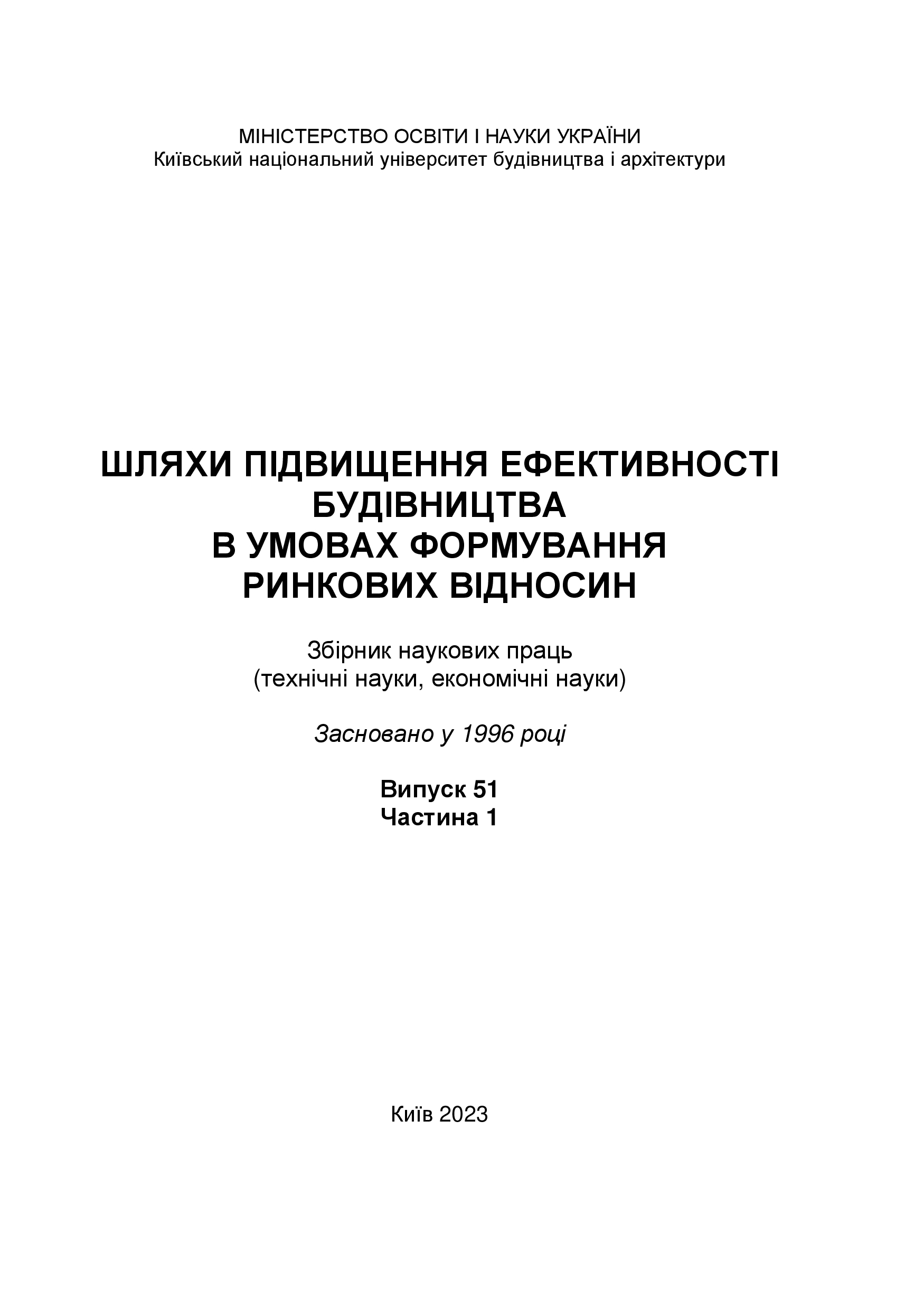Fire protection of wooden building structures
DOI:
https://doi.org/10.32347/2707-501x.2023.51(1).241-249Keywords:
fire protection, fire retardant, treatment, wood, fire retardant effectAbstract
The paper covers the issues of fire protection of cellulose-containing materials, in particular wood. It is shown that despite a number of valuable properties that wood possesses, it is a rather flammable material by its composition. It is known from the literature that one of the most important steps in protecting wood from fire is fire protection treatment. It is carried out in two main ways: surface treatment (applying special compounds to the wood surface to form a fireproof layer) and deep impregnation of wood with flame retardants. For the fire protection of OSB samples, a water-based intumescent paint consisting of a system of flame retardants in combination with fillers, pigment, and functional additives was developed. The research was conducted using analytical and experimental methods, which consist of analyzing and studying the provisions of national standards that describe the method for determining the flammability group of substances and materials and the method for determining the fire protection efficiency of fire retardants. The experimental part of the study involved the manufacture of test samples, application of fire retardants to them, recording the temperature of gaseous combustion products, the maximum temperature increase, the time interval for reaching the maximum temperature, the weight of the samples, and the weight loss of the samples. The research methodology states that the wood samples were tested in accordance with DSTU 8829 at the OTM installation. It also provides means for measuring the flue gas temperature, test time, and determining the mass loss of samples before and after testing. The test results showed that the developed fire retardant based on intumescent paint provides a group of refractory materials in accordance with DSTU 8829, i.e., the wood protected by this method belongs to refractory materials, namely: the flue gas temperature does not exceed 260˚C, the mass loss of samples after testing is not more than 60%.
References
Бут В.П., Жартовський В.М., Білошицький М.В., Цапко Ю.В., Барило О.Г. Особливості дослідження тривалості вогнезахисту деревини просочувальними засобами. Науковий вісник УкрНДІПБ. 2004, №1 (9). С. 21-25.
Вінтонів І.С., Сопушинський І.М., Тайшінгер А. Деревинознавство: навч. посіб. 2-е вид., доповн. Львів: Апріорі, 2007. 312 с.
Кірик М.Д. Механічне оброблення деревини та деревних матеріалів.Львів: Вид-во ТзОВ "Кольорове небо", 2006. 412 с.
Бехта П.А. Технологія деревинних композиційних матеріалів. К.: Основа, 2003. 336 с.
Цапко Ю.В., Бондаренко О.П., Цапко О.Ю. Вогнезахист виробів з текстильних метеріалів. Теорія та практика: ммнографія. К.: ФОП Ямчинський О.В., 2021. 139 с.
Войтович І.Г. Основи технології виробів з деревини: підручник. Львів: НЛТУ України, ТЗОВ «Країна ангелят», 2010. 305 с.
Сірко З.С., Тарасюк О.Б., Бобкова О.В. Вогнезахисний засіб. Український патент. №91685. 2014 рік.
Цапко Ю.В., Цапко О.Ю., Сірко З.С., Стариш Є.А. Просочувальна композиція для вогнебіозахисту брезенту наметів. Український патент. №137633. 2019 рік.
Сірко З.С. Вогнебіозахисний засіб. Український патент. №138954. 2019 рік.
Сірко З.С., Запталов Б.І., Стариш Є.А., Грабовський О.В., Торчилевський Д.П. Вогнебіозахисний засіб з гідрофобним ефектом. Український патент. № 142645. 2020.
Krüger S., Gluth Gregor J.G., Watolla M.-B., Morys M., Häßler D., Schartel B. Neue Wege: Reaktive Brandschutzbeschichtungen für Extrembedingungen. Bautechnik. 2016, Vol. 93, Issue 8. Р. 531-542.
Xiao N., Zheng X., Song Sh., Pu J. Effects of Complex Flame Retardant on the Thermal Decomposition of Natural Fiber. BioResources. 2014, Vol. 9, Issue 3. Р. 4924-4933.
Nine Md. J., Tran Diana N.H., Tung Tran Thanh, Kabiri Sh., Losic D. Graphene-Borate as an Efficient Fire Retardant for Cellulosic Materials with Multiple and Synergetic Modes of Action. ACS Applied Materials & Interfaces. 2017, Vol. 9 (11). Р. 10160-10168. DOI: 10.1021/acsami.7b00572
Ciripi В.К., Wang Y.C., Rogers B. Assessment of the thermal conductivity of intumescent coatings in fire. Fire Safety Journal. 2016, Vol. 81. P. 74-84.
Carosio F., Kochumalayil J., Cuttica F., Camino G., Berglund L., Oriented Clay Nanopaper from Biobased Components Mechanisms for Superior Fire Protection Properties. ACS Appl. Mater. Interfaces, 2015, 7, 10, 5847–5856. https://doi.org/10.1021/am509058h.
Tsapko Yu., Kyrycyok V., Tsapko А., Bondarenko O., Guzii S. Increase of fire resistance of coating wood with adding mineral fillers. MATEC Web of Conferences, 2018, 230, 02034. Р. 1-6. https://doi.org/10.1051/matecconf/201823002034
Carosio F., Alongi J. Ultra-Fast Layer-by-Layer Approach for Depositing Flame Retardant Coatings on Flexible PU Foams within Seconds. АCS applied materials & Interfaces. 2016, Vol. 8, Issue 10. Р. 6315-6319.
ДСТУ 8829:2019. Пожежовибухонебезпечність речовин і матеріалів. Номенклатура показників і методи їхнього визначення. Класифікація. К.: ДП «УкрНДНЦ», 2020. 78 с.
Downloads
Published
How to Cite
Issue
Section
License

This work is licensed under a Creative Commons Attribution 4.0 International License.
Authors who publish with this journal agree to the following terms:
- Authors retain copyright and grant the journal right of first publication with the work simultaneously licensed under a Creative Commons Attribution License that allows others to share the work with an acknowledgement of the work's authorship and initial publication in this journal.
- Authors are able to enter into separate, additional contractual arrangements for the non-exclusive distribution of the journal's published version of the work (e.g., post it to an institutional repository or publish it in a book), with an acknowledgement of its initial publication in this journal.
- Authors are permitted and encouraged to post their work online (e.g., in institutional repositories or on their website) prior to and during the submission process, as it can lead to productive exchanges, as well as earlier and greater citation of published work (See The Effect of Open Access).

